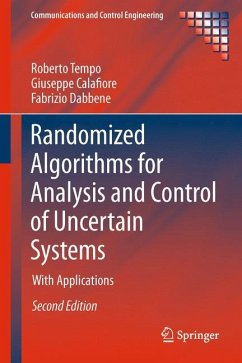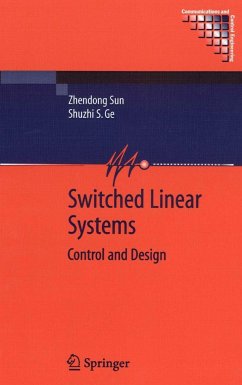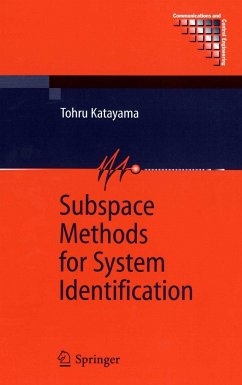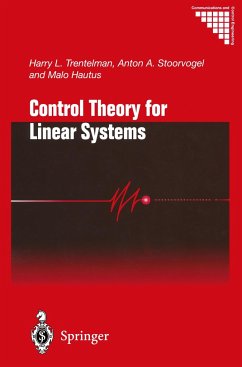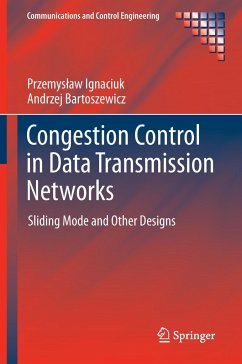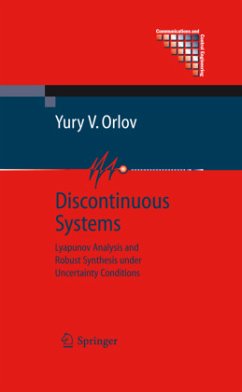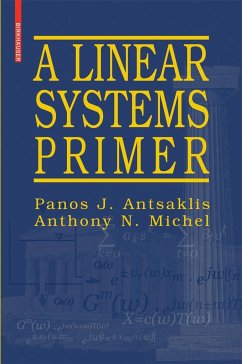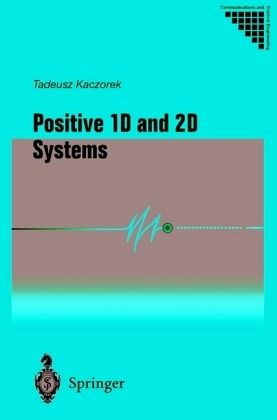
Positive 1D and 2D Systems

PAYBACK Punkte
20 °P sammeln!
In the last decade a dynamic development in positive systems has been observed. Roughly speaking, positive systems are systems whose inputs, state variables and outputs take only nonnegative values. Examples of positive systems are industrial processes involving chemical reactors, heat exchangers and distillation columns, storage systems, compartmental systems, water and atmospheric pollution models. A variety of models having positive linear system behaviour can be found in engineering, management science, economics, social sciences, biology and medicine, etc. The basic mathematical tools for...
In the last decade a dynamic development in positive systems has been observed. Roughly speaking, positive systems are systems whose inputs, state variables and outputs take only nonnegative values. Examples of positive systems are industrial processes involving chemical reactors, heat exchangers and distillation columns, storage systems, compartmental systems, water and atmospheric pollution models. A variety of models having positive linear system behaviour can be found in engineering, management science, economics, social sciences, biology and medicine, etc. The basic mathematical tools for analysis and synthesis of linear systems are linear spaces and the theory of linear operators. Positive linear systems are defined on cones and not on linear spaces. This is why the theory of positive systems is more complicated and less advanced. The theory of positive systems has some elements in common with theories of linear and non-linear systems. Schematically the relationship betweenthe theories of linear, non-linear and positive systems is shown in the following figure Figure 1.





